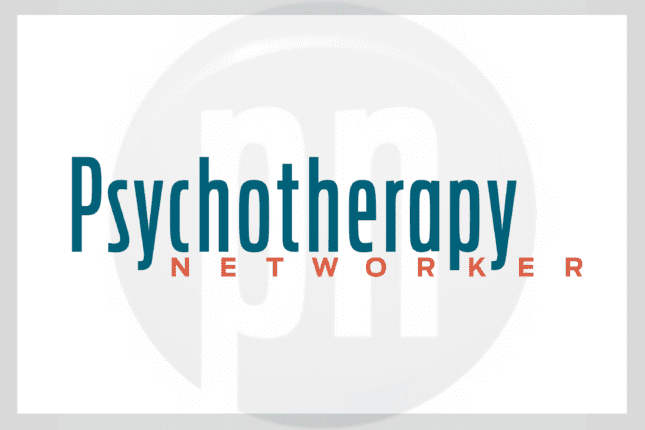Troubled by a lack of clients to fill private session hours, some psychotherapists are updating how they do one-on-one therapy to bring themselves more in line with what people want. They’re adding e-therapy, web chats, text exchanges, or email consultations.
The goal of offering these types of psychotherapy is to get more one-on-one clients, but can more clients really sustain your practice in all economic climates?
Regardless of the number of types of psychotherapy you have to offer, the nature of therapy means you only provide service to a relatively few number of people at a time. Of course, this limits your income and intensifies the struggle to get more clients in the door.
We need to get off the one-person-for-one-hour-for-one-fee track and think more broadly about what we can offer and how we can communicate it to as many people as possible. We need to devise a model that supports us when the economy is booming and doesn’t desert us when the economy is tanking.
One business model that has worked for many therapists is the Multiple Streams of Income model. Using this model, therapists can augment their in-person practice with various types of psychotherapy products—-books, CDs, audiotapes, e-books, and e-courses—that are created once and then sold repeatedly.
Using this model meets consumer demand for instant gratification, lets therapists help people who can’t afford therapy, extends therapists’ reach beyond their local communities, and offers dependable additional income.
What about the potentially lucrative market for self-help literature? How can you break into that market?
The authors of the best self-help books, audiotapes, and e-books start out by identifying a niche topic—specific clients types, issues, or types of psychotherapy—that interest and excite them. Once they identify their niche topic, they then develop material that provides information to people interested in that topic. They can then offer a sample of that material to potential clients in exchange for their contact information.
This vital first step is known as “pink-spoon marketing,” referring to the free samples of ice cream that shops promoting new flavors provide in tiny pink spoons. Customers may like a free sample so much that they buy a cone to consume on the spot, or a half-gallon to take home.
Similarly, once your customers have their “pink spoonfuls” and you have their contact information, you can follow up by introducing them to the first of several levels of psychotherapy products you offer along an increasing price continuum.
Casey Truffo
Casey Truffo, MFT, is the CEO and founder of the Therapist Leadership Institute and a marketing coach and owner of Be a Wealthy Therapist, where she offers free audios, articles, and tele-classes to help therapists market their private practices and enhance the lives, careers, and reputations. Her self-study course, available on the site, is Pink Spoon Marketing for Therapists.













